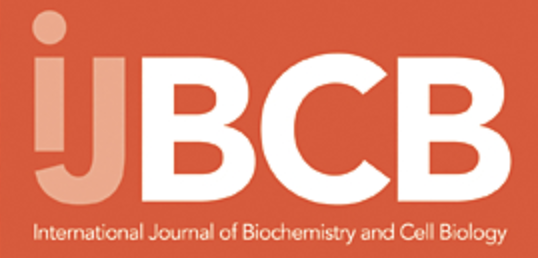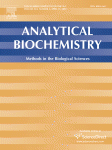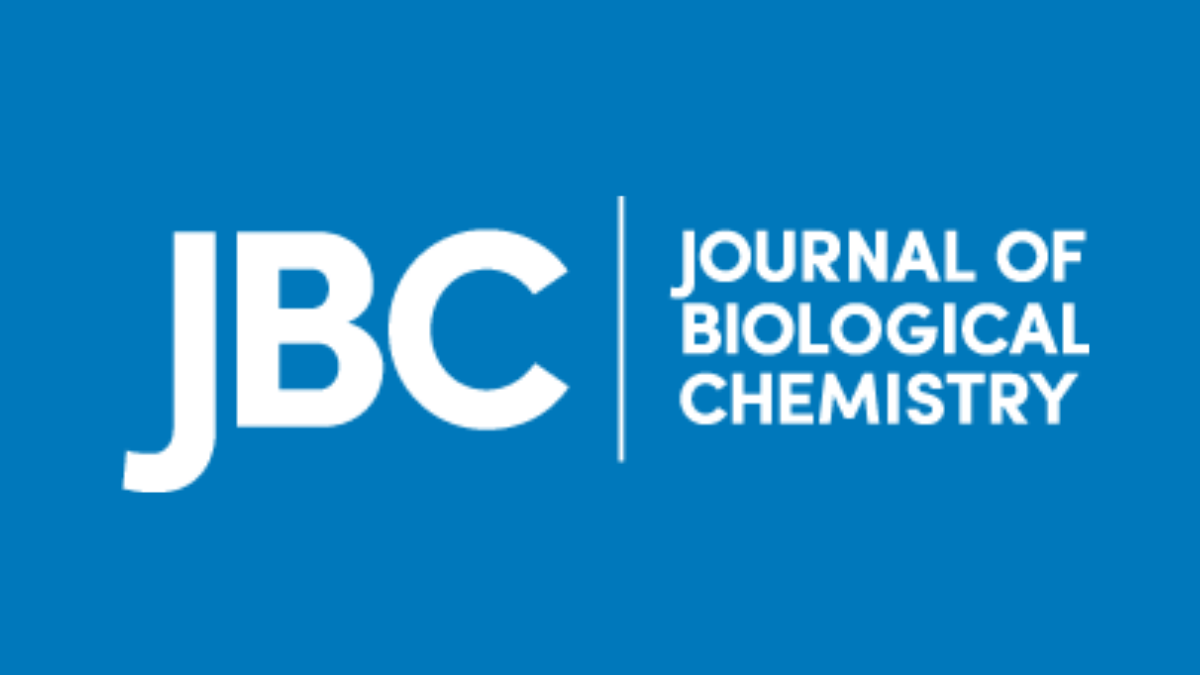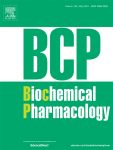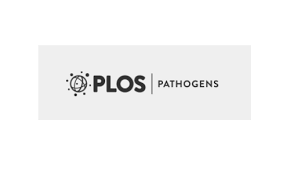
Cofactor and Glycosylation Preferences for in vitro Prion Conversion are Predominantly Determined by Strain Conformation
Burke CM, Walsh DJ, Mark KMK, Deleault NR, Nishina KA, Agrimi U, Di Bari MA, Supattapone S
PLoS Pathog. 2020 Apr 15; 16(4):e1008495
Prion diseases are caused by the misfolding of a host-encoded glycoprotein, PrPC, into a pathogenic conformer, PrPSc. Infectious prions can exist as different strains, composed of unique conformations of PrPSc that generate strain-specific biological traits, including distinctive patterns of PrPSc accumulation throughout the brain. Prion strains from different animal species display different cofactor and PrPC glycoform preferences to propagate efficiently in vitro, but it is unknown whether these molecular preferences are specified by the amino acid sequence of PrPC substrate or by the conformation of PrPSc seed. To distinguish between these two possibilities, we used bank vole PrPC to propagate both hamster or mouse prions (which have distinct cofactor and glycosylation preferences) with a single, common substrate. We performed reconstituted sPMCA reactions using either (1) phospholipid or RNA cofactor molecules, or (2) di- or un-glycosylated bank vole PrPC substrate. We found that prion strains from either species are capable of propagating efficiently using bank vole PrPC substrates when reactions contained the same PrPC glycoform or cofactor molecule preferred by the PrPSc seed in its host species. Thus, we conclude that it is the conformation of the input PrPSc seed, not the amino acid sequence of the PrPC substrate, that primarily determines species-specific cofactor and glycosylation preferences. These results support the hypothesis that strain-specific patterns of prion neurotropism are generated by selection of differentially distributed cofactors molecules and/or PrPC glycoforms during prion replication.


